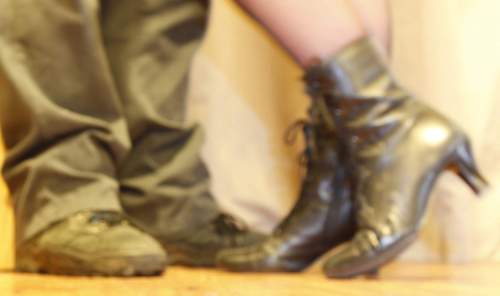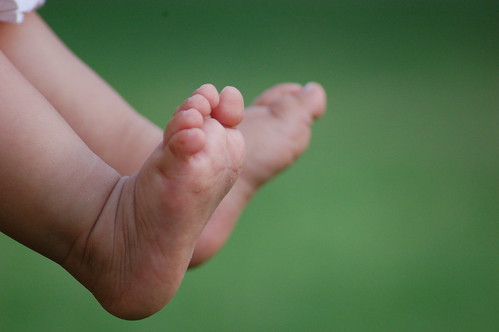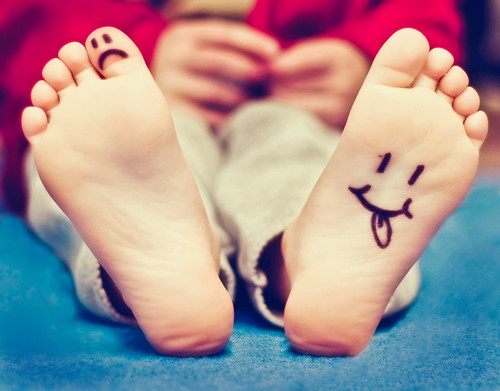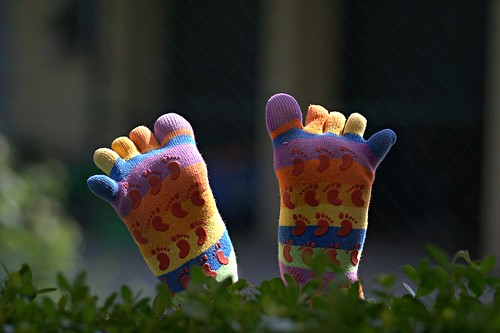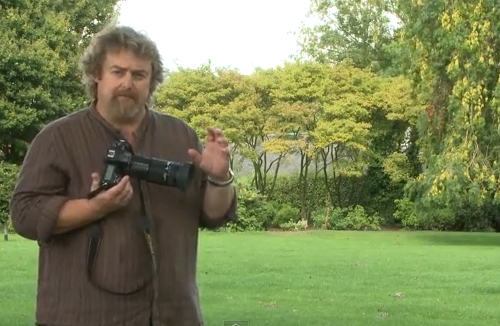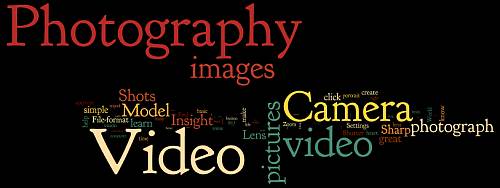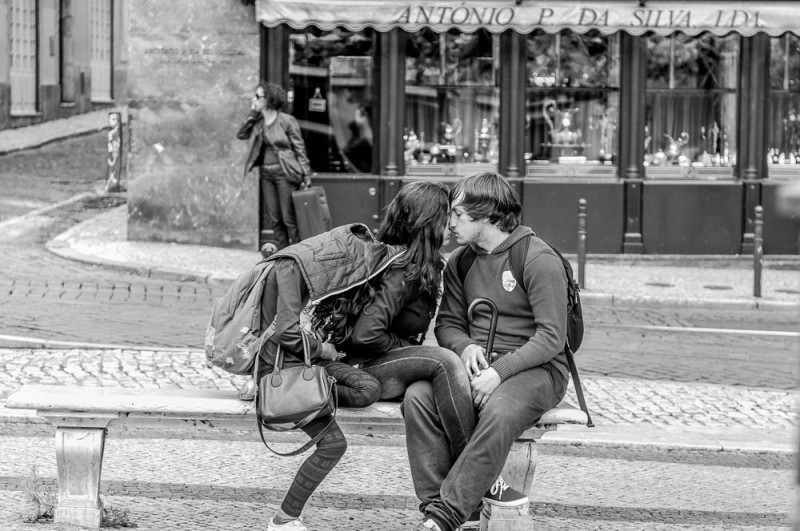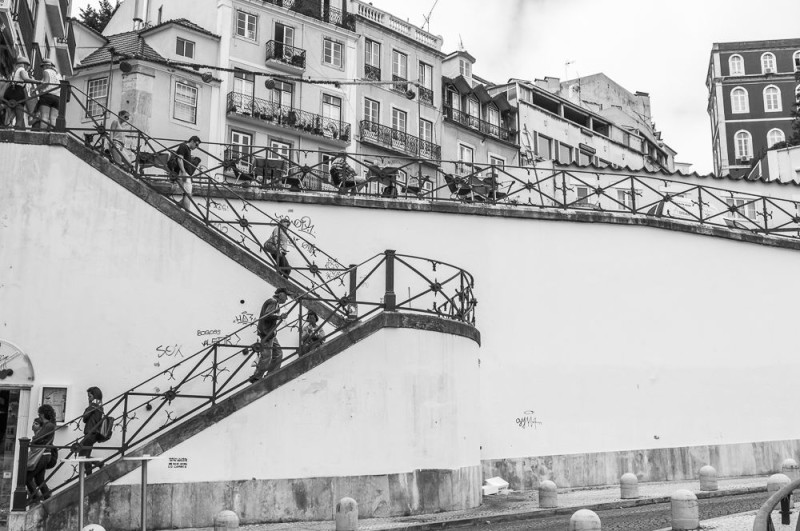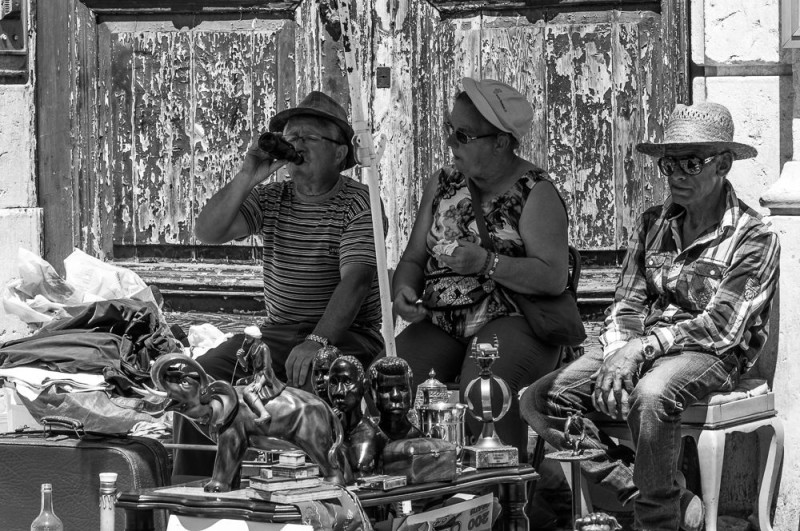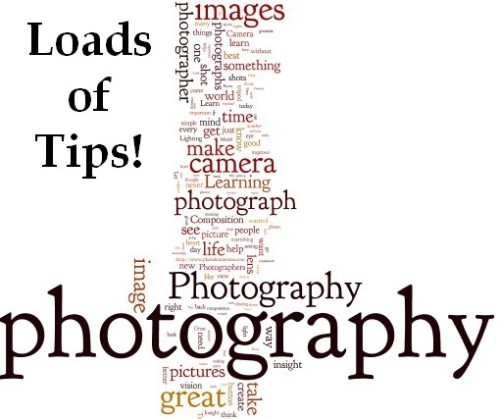
There are some great things to learn.
When you are starting out and need to learn some things fast, it helps to have some guidance. Here are a few things photographers need to know to get started. And some things I wish I had known when starting photography…
Roller coasters ‘R’ us – Photo-learning list…
- If you want to learn fast take lots of pictures.
- If your pictures aren’t good enough, you’re not close enough.
- Spend more time reviewing your pictures than it took to make them.
- There are billions of types of light. Learn to see 10 types to start.
- Get obsessed with the quality of light and its properties.
- Work on image composition at least as hard as your technical skills.
- Use natural light as much as possible. Learn its variations.
- Don’t use on-board flash. It will ruin your shots.
- Make people a central study of your photography.
- Count 1000, 2000 slowly then take your camera from your face.
- Think carefully about how to do it well. Then follow a process.
- Clean your kit before you go out and when you’re back. Cameras hate dust.
- “Learners don’t need a tripod”. My biggest learning mistake.
- Sharpness is a habit – work hard to get it right from the start.
- Think “Why am I taking this picture?” for every shot you take.
- Add another lens to your “kit lens” as soon as you can.
- Great lenses are more use than an expensive camera. Spend more on them.
- Don’t cheap out on a tripod. Cheap ones will not do the job.
- Use your tripod.
- Own more than one memory card AND more than one battery.
- Learn the meaning of RAW and then shoot with it.
- “Your first 10,000 photographs are your worst.” ― H. Cartier-Bresson
- A keen digital photog can clear 10,000 shots in 14 days – shoot more.
- Make some photography gear. You’ll understand your needs.
- Gear lust replaces your photographic vision with a hole in your pocket.
More after this…
 Photokonnexion tips by email
Photokonnexion tips by emailEnjoying this article? Please sign up for our
Tips by email service.
Find out more…
- Carry your camera with you everywhere.
- Look at 50 pictures by other people every day.
- Take a clichéd shot – satisfy your curiosity. Store it in a secret place!
- The “Rule of thirds” works nearly all the time. Learn it early.
- “Simplicity is the ultimate sophistication.” Leonardo da Vinci
- Read your camera manual. Try something. Read that bit again. Repeat.
- Have a go at every setting on your camera lots of times.
- A proper stance will provide a steady hand-held camera position.
- Amateurs often do better pictures than professionals.
- And, Professionals do more good pictures, more often.
- If your photos look tired and drab – go manual – learn control.
- For every shot you do, look at 50 similar ones. How does yours look?
- Don’t panic. Usually there is no problem.
- No photo, however good, replicates reality. Cameras distort – get over it.
- If you see it one way, most people will see it a different way.
- Check all gear before you go. Have a list of what you need.
- Know why you are going to a location and plan shots in advance.
- Back up your files. If your hard drive crashes you will lose the lot.
- Wear the right clothes. You cannot do good photography if you are cold.
- Help someone else to learn. You will learn too, and make a friend.
- Learn the meaning of “exposure” – practice using manual settings.
- Learn “Depth of Field” and practice it with each of your lenses.
- Post processing is an art and part of photography. Learn it.
- Join a club or class – you learn fast with other photogs.
- Use Google Images to research every shot you take.
And one for luck!
Photography is fun. Make sure you go with that!
Comments, additions, amendments or ideas on this article? Contact Us
or why not leave a comment at the bottom of the page…
Like this article? Don’t miss the next — sign up for tips by email.
Photokonnexion Photographic Glossary – Definitions and articles.
Additional resources for starters…
Light and Lighting – Resource pages on Photokonnexion
Definition: Exposure
Definition: Aperture
Definition: f number
Definition: ISO
Definition: Shutter Speed
Articles tagged as “Starter school”


